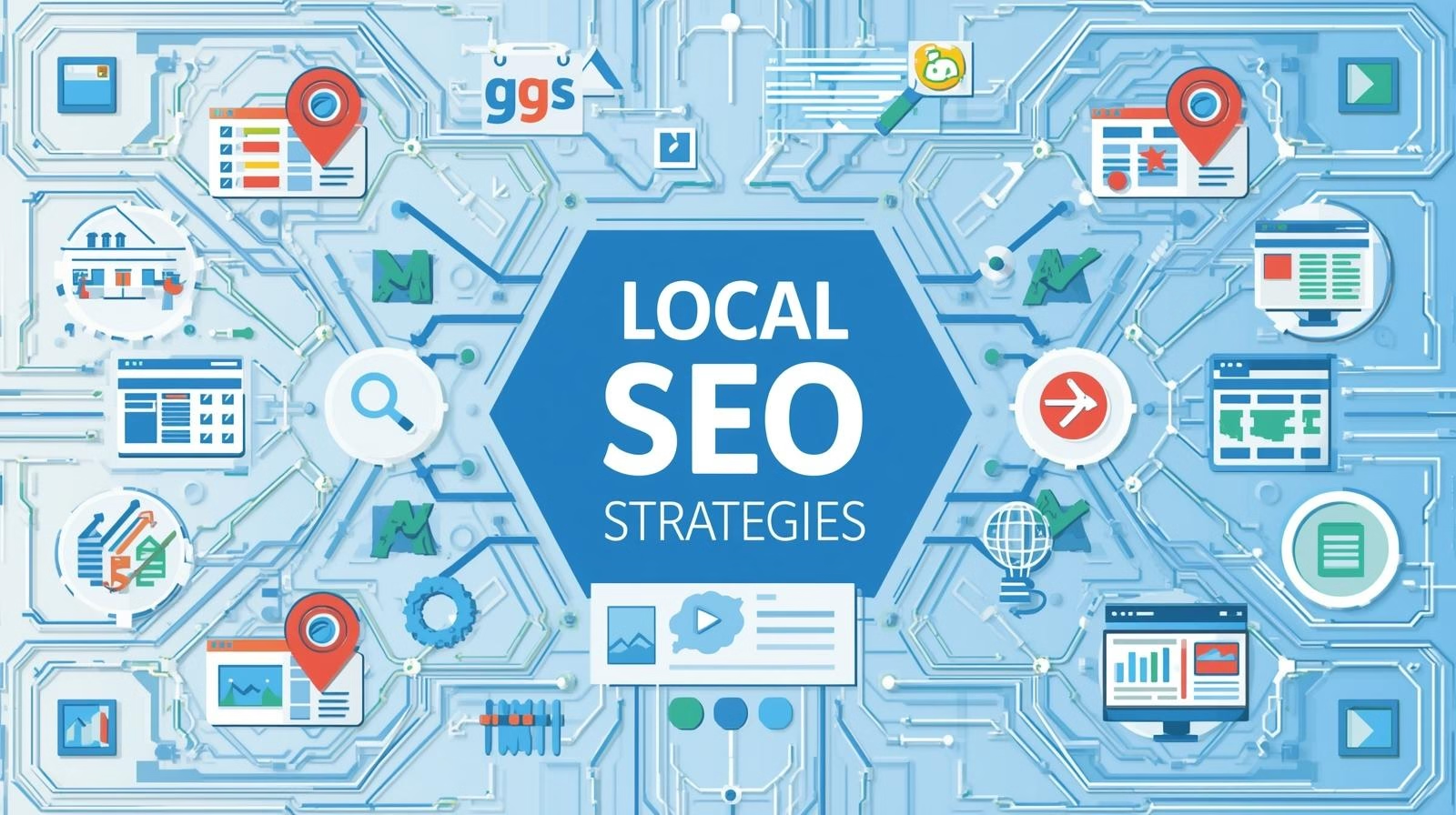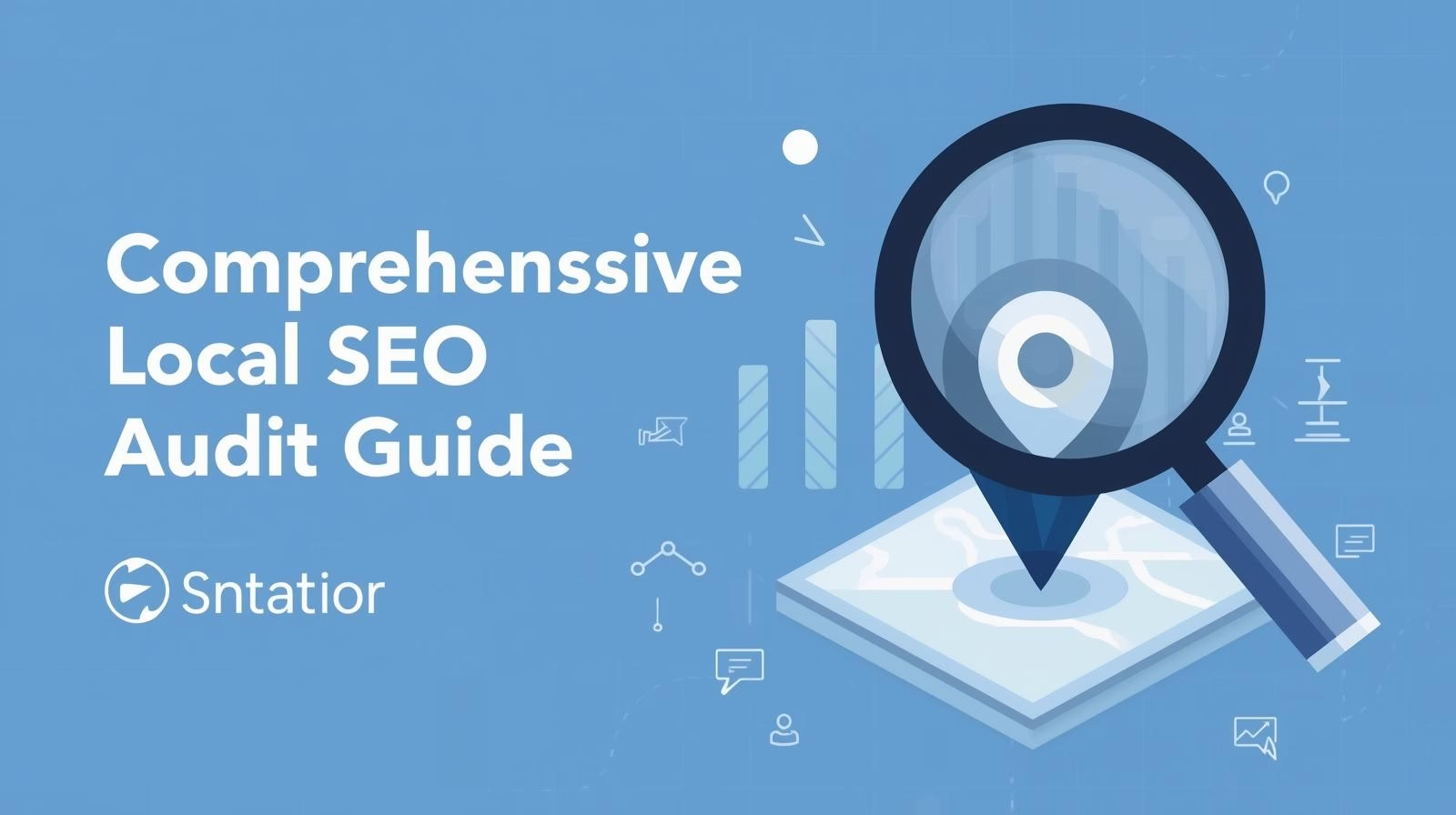Introduction
When someone in your city types “best bakery near me” or “auto repair in bay st louis ,” do you want your business to show up first? That’s the power of local SEO for small businesses. Local SEO helps you connect with customers in your immediate area, people who are actively searching for what you offer.
In this post, we’ll walk through the top local SEO strategies for small businesses, from optimizing your Google Business Profile to creating localized content and building community backlinks. You’ll get actionable tips (with internal links to relevant AISEO Round Table content) so you can implement right away.
Why Local SEO Is a Game-Changer for Small Businesses
Before diving into strategies, let’s quickly cover why local SEO deserves your attention:
- A significant share of Google searches carry local intent (e.g. “near me,” city name).
- Local searchers often convert faster, they have higher purchase intent.
- Big national brands might dominate general SEO, but local SEO levels the playing field.
- Inconsistent business info or weak local presence can hurt trust signals and rankings.
Local SEO is about capturing those nearby customers who are ready to act. Let’s make sure they find you.
1. Master Your Google Business Profile (GBP)
Your Google Business Profile (formerly “Google My Business”) is the engine of local search visibility. When someone in your area searches, Google often shows a map and listings (the “local 3-pack”), and that’s powered by GBP.
What to Do:
- Claim and verify your listing via Google Search or Maps.
- Fill out every field: business name, address (match your official address), phone, hours, website, services.
- Choose accurate categories and subcategories (don’t overdo it).
- Upload high-quality photos, inside shots, staff, products, and your storefront.
- Use Google Posts to share promos, updates, or events (great for freshness).
- Enable and respond to questions & answers on your profile (Google lets people ask questions directly).
- Keep business hours updated (holiday hours, special events).
A fully optimized, active GBP gives Google confidence in your legitimacy, and encourages click-throughs.
2. Maintain NAP Consistency Everywhere
Your Name, Address, Phone Number (NAP) must be exactly the same across your website, directories, social profiles, and citations. Even small variations (e.g. “Rd.” vs. “Road”) can confuse search engines and dilute trust.
How to Audit and Fix:
- Generate a master NAP record that’s your “official version.”
- Use tools like BrightLocal, Moz Local, or Whitespark to scan citations.
- Manually check major directories (Yelp, Bing Places, Apple Maps, Yellow Pages, local chamber).
- Fix or mark duplicates or inconsistent listings.
- If your business moves, plan a thorough NAP update across all channels.
3. Build Local Citations & Directory Listings
A citation is any mention of your business name + address + phone (or variant). Google sees these as signals of local authority.
Where to Build Citations:
- Major directories: Yelp, Bing Places, Yellow Pages, BBB
- Niche directories relevant to your industry
- Local directories/associations (city business directories, chamber of commerce)
- Event sites, local blogs, community listings
Best Practices:
- Use your exact NAP.
- Supply a business description, hours, and images when possible.
- Avoid low-quality or spammy directories.
- Prioritize local and niche directories over random generic ones.
Citations help Google correlate your business’s existence and location across the web, reinforcing your local relevance.
4. Get, Manage, and Respond to Reviews
Reviews are social proof, and in local SEO, they’re much more than that. They influence user decisions and ranking potential.
How to Encourage Reviews:
- Ask customers in person after purchase.
- Send follow-up emails with direct links to leave a Google review.
- Use QR codes on receipts or signage linking to your GBP review page.
- Incentivize (if allowed) with contests or discounts (check Google’s policies).
How to Handle Reviews:
- Always respond, both to positive and negative feedback. Be polite, helpful, and professional.
- Address issues in negative reviews, show empathy, and offer solutions.
- Use review replies as an opportunity to drop relevant keywords naturally (e.g., “Thanks for choosing [Business Name] in Town Name”).
- Encourage customers to mention what they liked (service, product, location, staff) to help surface keywords.
A strong and active review profile builds trust with both users and Google.
5. Optimize Your Website for Local SEO
Your website is your digital home base. All other strategies support it.
Local SEO Best Practices On Your Site:
- Add a location page, or pages for multiple service areas (if you serve more than one).
- Use local keywords naturally e.g. “auto repair in Skardu,” “bakery near Gilgit.”
- Embed a Google Map in your Contact or Location page.
- Use structured data (schema markup) the LocalBusiness schema helps search engines understand your address, hours, etc.
- Ensure fast page load, mobile responsiveness, and good UX.
- Add a Contact Us page with full details plus a form.
- Use internal links to related content (e.g., link from your home page or service pages into blog posts about local topics).
For more on on-page SEO and structuring content, check out our post “On-Page SEO Best Practices in 2025”.
6. Create Locally Focused Content
Content is your tool to capture local search traffic that your competitors might ignore.
Content Ideas:
- Blog about local events: “How Our Coffee Shop Participated in [City] Food Festival”
- Local guides & roundups: “Top 10 lunch spots in Skardu”
- Case studies / project spotlights in your region
- Interviews with local influencers or partners
- Seasonal/local offers: write content around holiday promotions or weather-related services
Why It Works:
- It captures long-tail local searches.
- It gets you linked from local sites (other blogs, community pages).
- It reinforces your business’s connection to the community.
7. Earn Local Backlinks
Backlinks remain a top ranking factor but local backlinks (from sites in your region or niche) carry even more weight for local SEO.
Ways to Get Local Backlinks:
- Sponsor or participate in local events or charities
- Partner with complementary businesses (cross-promotion)
- Write guest posts on local blogs or community news sites
- Get listed in local resource pages (e.g. “businesses in Skardu”)
- Create shareable local content assets (infographics, reports)
Quality over quantity matters, a few good local links are worth more than dozens of low-quality ones.
8. Optimize for Mobile & Voice Search
Most local searches happen on mobile, often via voice commands.
Tips:
- Use responsive design and test on various devices.
- Ensure fast page speed (optimize images, use caching).
- Focus on conversational, question-based keywords (“best salon near me,” “which plumber works on Sundays”).
- Add an FAQ section to your pages to answer common queries directly.
- Use “near me” + service naturally, but only when it makes sense.
Voice search is rising fast and local businesses should adapt accordingly.
9. Track & Measure Local SEO Performance
You can’t manage what you don’t measure.
Tools & Metrics:
- Google Analytics: monitor organic traffic, geo data (which cities/states).
- Google Search Console: see which keywords and impressions are bringing in traffic.
- Google Business Profile Insights: see how many people viewed, clicked, or requested directions.
- Track review volume and ratings over time.
- Use local SEO tools (BrightLocal, Whitespark) to track local rankings.
Regularly review performance and adjust strategies (e.g. content topics, where to build links next).
Conclusion
Local SEO is a powerful way for small businesses to stand out in their communities. By optimizing your Google Business Profile, maintaining NAP consistency, encouraging reviews, building local citations and backlinks, and creating locally relevant content, you build a web of signals that tell Google, and users that your business is trustworthy and relevant locally.
Start with the foundational elements (GBP, NAP, reviews), then layer in content and backlinks. Over time, you’ll see stronger visibility in local searches, more website visits, and more foot traffic.
FAQ: Top Local SEO Strategies for Small Businesses
1. How long until I see results from local SEO?
You can start seeing improvements in 3 to 6 months. In highly competitive areas, it might take a bit longer. The key is consistent effort.
2. Can a small business outrank larger competitors locally?
Yes. Local SEO rewards proximity, relevance, and trust more than sheer size or budget. By focusing on local signals (citations, reviews, content), you gain advantage.
3. Do reviews really help with rankings?
Yes. Google treats review volume, ratings, and engagement as signals of user trust, which can influence local ranking.
4. Is it worth targeting multiple service areas?
Yes, if you legitimately serve them. Create separate landing pages for each area with tailored content, and ensure your GBP settings (service areas) reflect that.
5. Should I include “near me” in my keywords?
Only where it reads naturally and is valuable to users. Overusing “near me” can look forced, but when someone searches “plumber near me,” your site can show up if you align your content with that intent.


